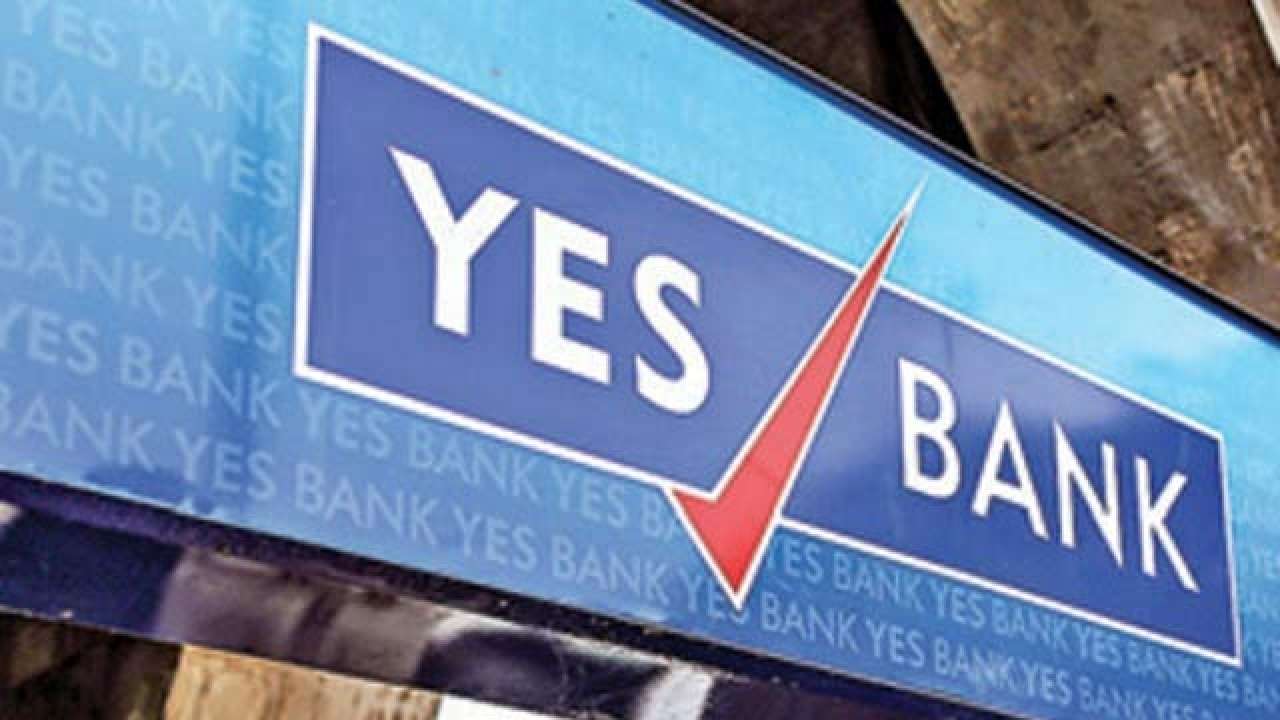As the Reserve Bank of India (RBI) imposed a month-long moratorium on the ailing Yes Bank with withdrawal restrictions, pundits have not wasted times in blaming the central bank. You ask anybody on the street, in your office or at a social gathering and (s)he has a view on the subject. Most, with or without understanding the subject, have not hesitated in blaming the RBI. Is RBI to blame?
First, let us understand the sequence of events.
No doubt that trouble was brewing at the private sector bank for the last few years and the level of Non Performing Assets (NPAs) – loans that do not fetch any returns– was steadily growing since 2016. The spotlight has been on the private sector lender since former RBI governor Raghuram Rajan’s order to all banks to clean up their books and disclose their NPA levels upfront. Problems were multiple and went beyond the NPA, which obviously had reached alarming levels. Serious loopholes relating to non-disclosure, divergence of funds, inadequate capital came to light.
In August 2018, the RBI refused to extend Rana Kapoor’s three-year tenure as the chief of the bank. By January 2019, a new CEO had been appointed to take charge of the bank.
Now, was the RBI unaware of these problems? The answer is No. As Rajan, in an interview with CNBC TV 18, had said that the Yes Bank had given enough notice and things could have been handled differently and much earlier. This is true. Yes, RBI could have acted earlier. But if it did, would the situation be any different?
I doubt. RBI would have had to thrash out the same prescription as it has done now. There would have been panic then, instead of now.
But let us understand that the situation would not have been any different.
Anytime, if the RBI clamps down on a bank, especially the ones from private sector, there would be panic. If you are banking with a public sector lender, you typically tend to believe that your money is safer with the sovereign government being the majority shareholder. In case of a private sector bank, the case is different.
The RBI and the government – both have come out to assure the depositors and customers of Yes Bank that their money is safe and a revival plan is already being looked into.
The State Bank of India – India’s largest lender—has already picked up 49% stake in the crisis hit bank, once co-founded and promoted by Rana Kapoor.
Kapoor, a brash banker, went ahead and lent to companies such as the Dewan Housing Finance Corporation Ltd (DHFL), Anil Ambani Group and the Zee Group, which were ailing from within. Naturally there were lapses in the due diligence process.
Rewind to 2019. The RBI imposed restrictions on Punjab and Maharashtra Co-operative (PMC) Bank after serious irregularities came to light. The central bank came under scathing criticism. Again the same set of questions came up. Couldn’t the RBI act earlier? The central bank can act and acts only when things go wrong. So, as blasphemous as it may sound, but things have to go wrong for the RBI to take action. Similarly Global Trust Bank failed in 2004 and Oriental Bank of Commerce was immediately asked to take it over.
The timing of RBI’s action is always questioned and here we have to remember that panic will strike whenever the central bank intervenes. The RBI also has to see to it that unnecessary panic is not created and banks—public or private can operate as normally as possible.
Finally, after banks were nationalized, never has it happened that depositors of a failed bank have been allowed to suffer. Their money has always remained safe and protected.
India has a strong banking system compared to other countries, thanks to the RBI and let us not doubt that.

